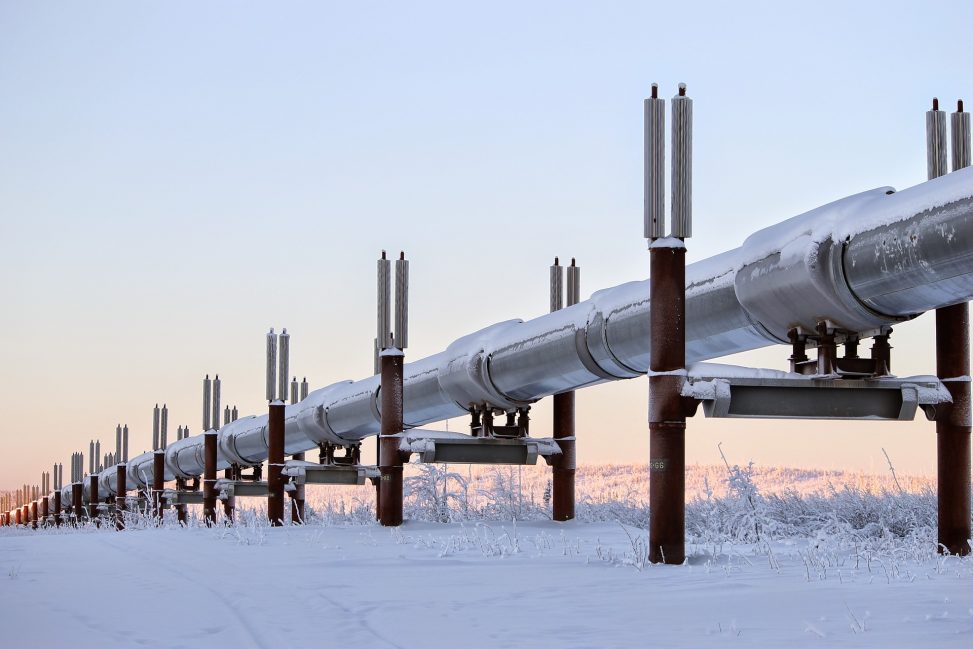海洋石油ガス開発の重要性が増していますが、CAPEXとOPEXが高く、新規フィールドの開発は難しくなっています。このような状況のもと、既存貯留層の周辺を経済的に開発するために、 subsea tie-backが一般的になってきています。 subsea tie-backは、長距離の海底下パイプラインを必要としますが、高圧低温下にあるため、ハイドレートによる閉塞リスクにさらされます。本研究では、海底下パイプラインのガス流れを模したクローズドループ試験装置を用いて、ガス流中のハイドレート粒子量の増加に伴う差圧変化等を測定することで、ハイドレート粒子の凝集メカニズムについて研究しています。
Offshore oil and gas development grows in importance; however, the CAPEX and OPEX costs are so high that it is difficult to develop new fields. Under such circumstances, subsea tie-backs become popular to develop marginal oil and gas reservoirs economically. Subsea tie-backs require long subsea pipelines that are exposed to risk of hydrate plugging under high pressure and low temperature conditions. In this study, we offer a closed-loop apparatus to mimic subsea gas-flow under hydrate stable condition. The differential pressure in the loop is measured with increasing the amount of hydrate particles in the gas flow. The condition of hydrate agglomeration is examined.
Suggested reading
- Shuhei Ninomiya, Yoshihiro Konno, Ryota Wada, Toru Sato, Hiroaki Hajohta, Chikashi Shuto, Michihiro Muraoka, Yoshitaka Yamamoto, Kiyofumi Suzuki, Dry Flow Technology as Flow Assurance in Methane Hydrate Development, Energy & Fuels, 38(21), 20504-20514, October 2024
- Ryota Wada, Hiroaki Hajohta, Yoshihiro Konno, Marcio Yamamoto, Toru Sato, Yoshitaka Yamamoto, Michihiro Muraoka, Kiyofumi Suzuki, Shuhei Ninomiya, Design of closed loop for reproduction of gas-dominated hydrate flow, Review of Scientific Instruments, 95(4), 045115, April 2024
Joint research with
日鉄エンジニアリング株式会社 / NIPPON STEEL ENGINEERING CO., LTD.
MH21-S 研究開発コンソーシアム / MH21-S R & D consortium
Prof. Ryota WADA (UTokyo)
Photo by Robson Machado from Pixabay

コメントは受け付けていません。